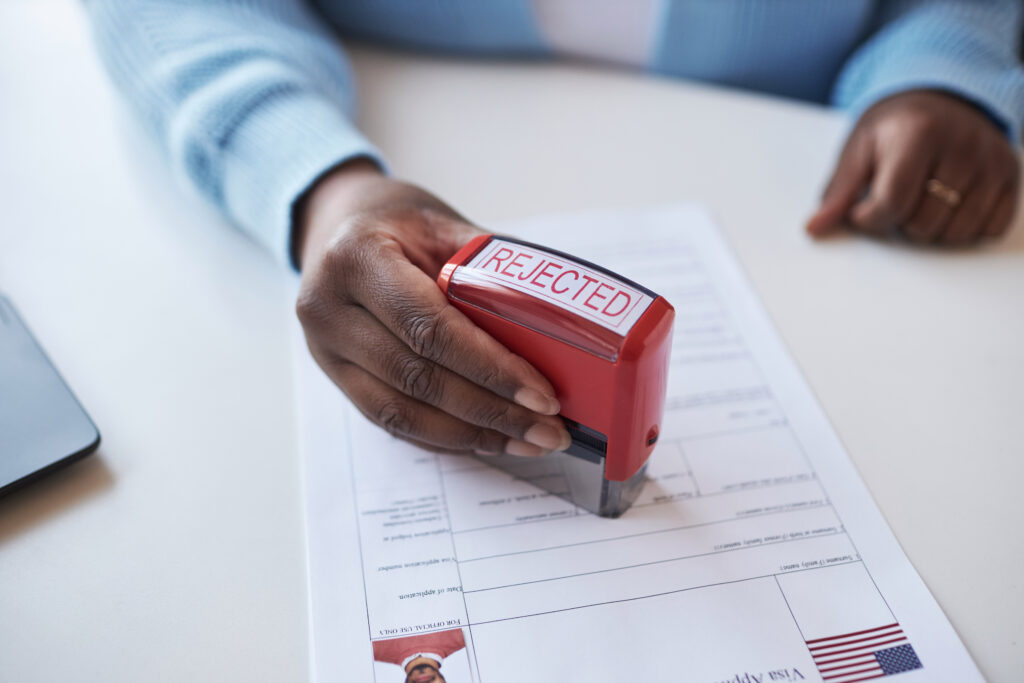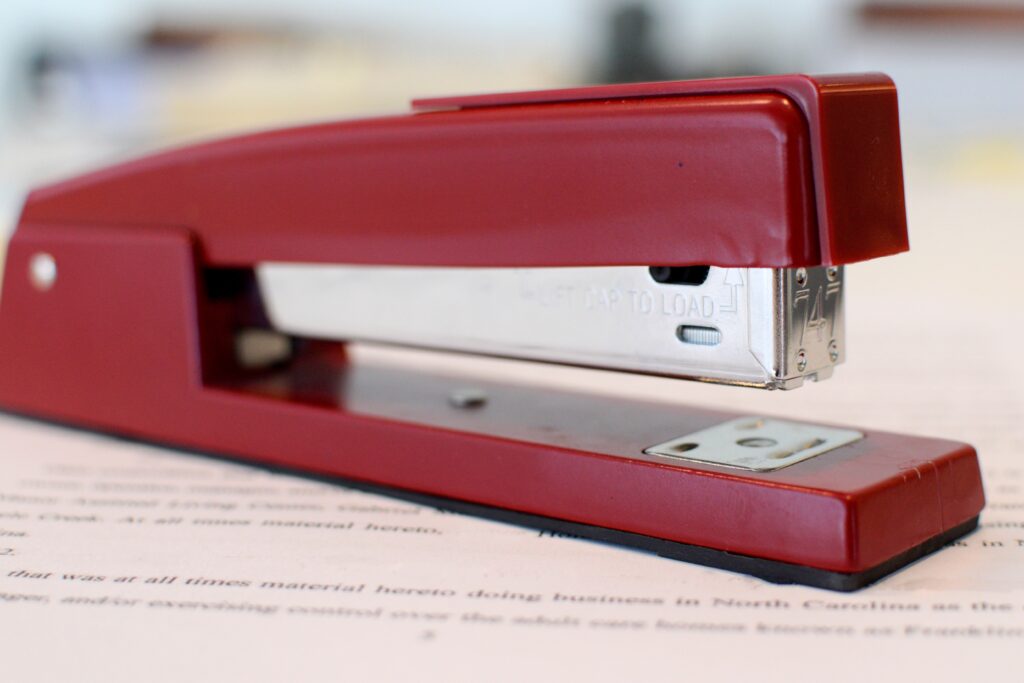Common Mistakes with Notary Seals and How to Avoid Them

In the realm of notarization, the notary seal is a crucial element that validates the authenticity of documents and ensures their acceptance in legal processes. As a notary signing agent, understanding the proper use and maintenance of your notary seal is essential to performing your duties effectively. However, mistakes with notary seals are common and can lead to serious legal and professional consequences. This article aims to highlight these common mistakes and provide practical tips to help you avoid them, ensuring that your notarizations are always valid and professional.
Table of Contents
Understanding the Basics of a Notary Seal

Definition and Purpose
A notary seal is an official mark or stamp used by notaries public to authenticate documents they notarize. The seal typically includes the notary’s name, commission number, and commission expiration date, as well as the state and county where they are authorized to notarize documents. The purpose of the seal is to provide a visible sign that the document has been properly notarized, serving as a deterrent against fraud.
Legal Requirements
Legal requirements for notary seals vary by state, but all states mandate that the seal must be clear and legible. Some states specify the size, shape, and content of the seal, while others allow more flexibility. It is essential to familiarize yourself with the specific requirements in your state to ensure compliance. Additionally, some states allow for electronic seals for remote online notarizations, reflecting the evolving nature of the notary profession. Whether traditional or electronic, the integrity of the notary seal is paramount.
Traditional vs. Electronic Notary Seals
With the advent of technology, the notary profession has seen significant changes, including the introduction of electronic notary seals. Traditional seals are physical stamps or embossers, while electronic seals are used in digital notarizations. Both types serve the same purpose but require different handling and security measures. Understanding the differences and proper usage of each type is crucial for modern notary signing agents.
Common Mistake #1: Incorrect Information on the Seal

Examples of Incorrect Information
One of the most prevalent mistakes notaries make is using a seal with incorrect information. This can include errors such as a misspelled name, an incorrect commission number, or an outdated expiration date. Such inaccuracies can invalidate the notarization and lead to legal challenges. For instance, a document notarized with a seal showing an expired commission date may be rejected by courts or other authorities.
Legal Implications
Using a seal with incorrect information can have serious legal implications. It can lead to the invalidation of the notarized document, legal disputes, and even disciplinary action against the notary. Ensuring that your seal is accurate and up-to-date is not just a matter of professionalism but a legal obligation.
How to Verify and Correct Information
To avoid this mistake, it is crucial to verify all the information on your notary seal before using it. Regularly check your seal for accuracy, especially when you receive a new commission or update your information. If you discover any discrepancies, contact your commissioning authority to request a corrected seal. Regularly checking the accuracy of your seal’s information ensures that every document you notarize is valid. Keep records of your communications and the steps taken to correct any errors for future reference.
Common Mistake #2: Improper Placement of the Seal
Importance of Seal Placement
The placement of the notary seal on a document is not arbitrary. Incorrect placement can render the seal illegible or interfere with the readability of the document, leading to its rejection. The seal should be placed near the notary’s signature and date, but not over any text or signatures on the document.
Guidelines for Proper Placement
To avoid improper placement, follow state guidelines and ensure that your seal is clearly visible and does not obscure any part of the document. Some states provide specific instructions on where to place the seal, while others allow more discretion. Regardless, the goal is to ensure the seal is legible and does not interfere with the content of the document. Practicing proper seal placement will help maintain the integrity and professionalism of your notarizations.
Consequences of Improper Placement
Improper seal placement can lead to the rejection of the notarized document, causing delays and additional costs for the parties involved. It can also reflect poorly on the notary’s professionalism and attention to detail. By consistently placing your seal correctly, you demonstrate your commitment to high standards and ensure the validity of your notarizations.
Common Mistake #3: Using a Damaged or Worn-Out Seal
Signs of a Damaged Seal
A damaged or worn-out notary seal can produce unclear or incomplete impressions, which can cause a notarized document to be rejected. Signs that your seal needs replacement include fading ink, distorted text, or parts of the seal not appearing on the document. Regularly inspecting your seal for wear and tear is essential for maintaining its effectiveness.
Risks of Using a Damaged Seal
Using a damaged seal can result in the notarization being deemed invalid. This can have serious consequences, especially if the document is part of a legal or financial transaction. The integrity of the notarization process relies on the clarity and legibility of the seal impression.
Maintenance and Replacement
Regularly inspect your notary seal for signs of wear and tear. Replace it promptly if it shows any damage to ensure that your notarizations remain clear and professional. It is advisable to have a backup seal in case your primary seal becomes damaged unexpectedly. Maintaining your seal in good condition is essential for upholding the credibility of your notarial acts. Consider using a protective case for your seal and storing it in a dry, secure location to extend its lifespan.
Common Mistake #4: Failing to Secure the Notary Seal
Importance of Security
The notary seal is a powerful tool that must be kept secure to prevent misuse. Losing your seal or having it stolen can lead to fraudulent activities that might implicate you in legal issues. The seal’s security is not only a matter of personal responsibility but also a legal requirement in many states.
Potential Consequences
The potential consequences of a lost or stolen seal are severe. Unauthorized use of your seal can result in fraudulent notarizations, legal disputes, and damage to your professional reputation. In some cases, you may be held liable for any fraudulent activities conducted with your seal.
Tips for Securing Your Seal
Always store your notary seal in a secure location, such as a locked drawer or safe, when not in use. Be vigilant about its whereabouts and report any loss or theft immediately to the proper authorities. Consider using a seal with built-in security features, such as a unique identifier or tamper-evident design. By securing your seal, you protect your notarial authority and the trust placed in your role. Implementing these security measures helps ensure that your seal is used only by you and only for legitimate notarizations.
Common Mistake #5: Misunderstanding State-Specific Requirements
Overview of Variations
Notary seal requirements can vary significantly from state to state. Failing to adhere to your state’s specific regulations can result in invalid notarizations and potential legal penalties. Some states have strict guidelines regarding the design, size, and placement of the seal, while others are more flexible.
Common State-Specific Mistakes
Common mistakes include using a seal that does not meet state specifications, placing the seal incorrectly on the document, or failing to include required information such as the notary’s commission number or expiration date. Each state has its own set of rules, and notaries must be diligent in understanding and following them.
Staying Updated
Stay informed about your state’s notary seal requirements by regularly reviewing updates from your commissioning authority or professional notary organizations. Many states provide resources, including handbooks and online training, to help notaries stay compliant with current laws and regulations. Understanding and complying with these requirements ensures that your notarizations are always legally sound. Joining professional associations or online forums can also provide valuable support and information.
Best Practices for Notary Seal Usage
Summary of Best Practices
To summarize the best practices for using a notary seal:
- Verify the accuracy of the information on your seal.
- Place the seal correctly on documents.
- Regularly inspect and maintain your seal.
- Secure your seal to prevent misuse.
- Stay informed about state-specific requirements.
Checklist for Correct Usage
Creating a checklist can help ensure that you follow best practices consistently. Include steps such as verifying the document’s completeness, checking your seal for damage, and ensuring correct placement on the document. Regularly review and update your checklist to reflect any changes in state regulations or best practices.
Additional Resources and Training
Continuing education is crucial for notaries. Many organizations offer training programs, webinars, and publications that can help you stay informed about best practices and legal requirements. Investing in ongoing training ensures that you remain a competent and knowledgeable notary signing agent. Utilize resources such as the Notary Training School to access comprehensive training and certification programs.
Conclusion
Common mistakes with notary seals can lead to serious consequences, but they are easily avoidable with proper knowledge and vigilance. By understanding the basics of notary seals, verifying information, placing the seal correctly, maintaining its condition, securing it, and adhering to state-specific requirements, you can perform your duties confidently and competently. Remember, the notary seal is a symbol of trust and authority—handle it with care and diligence to uphold the highest standards of the notary profession. Continuous education and adherence to best practices are key to maintaining the integrity of your role as a notary signing agent.






Responses